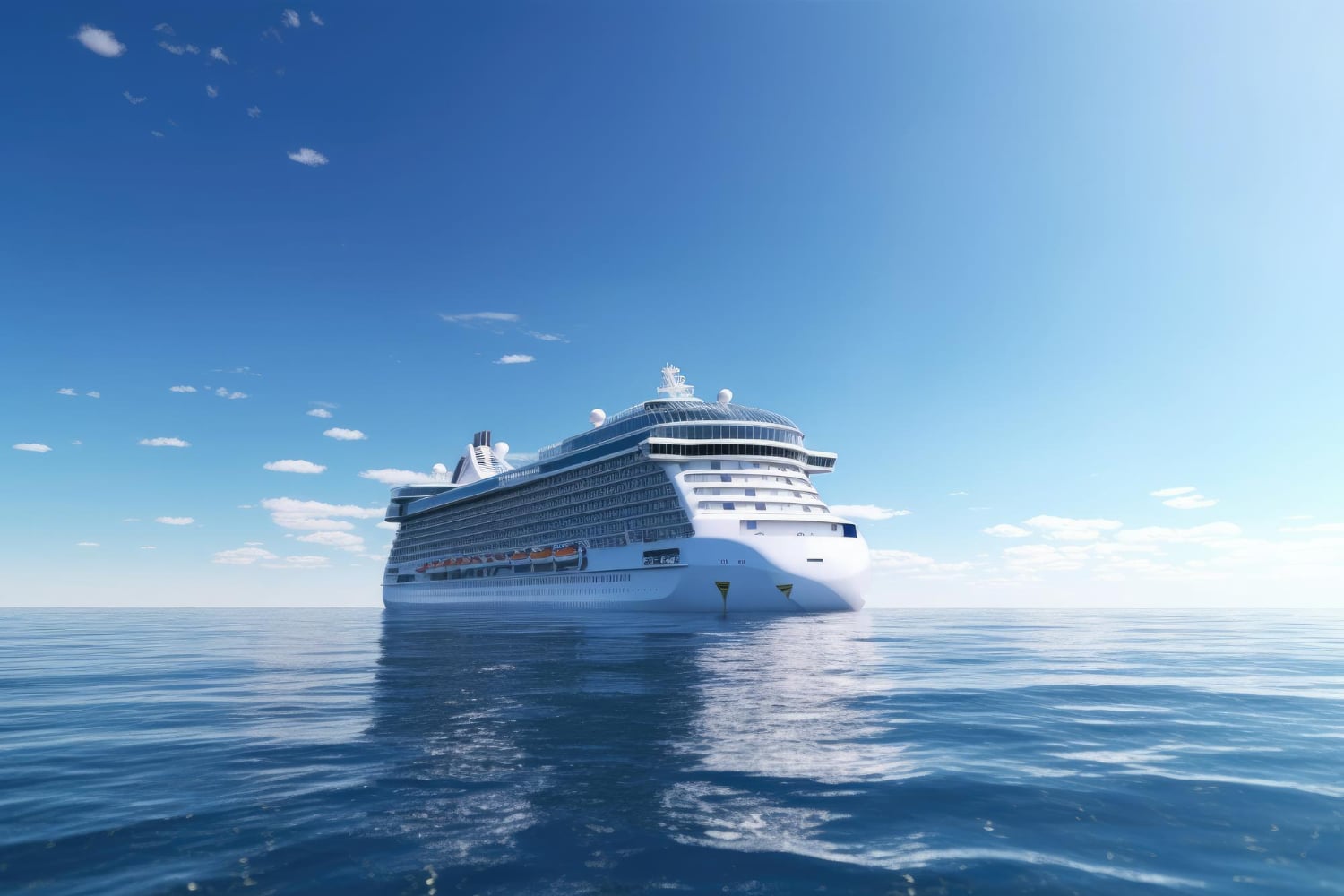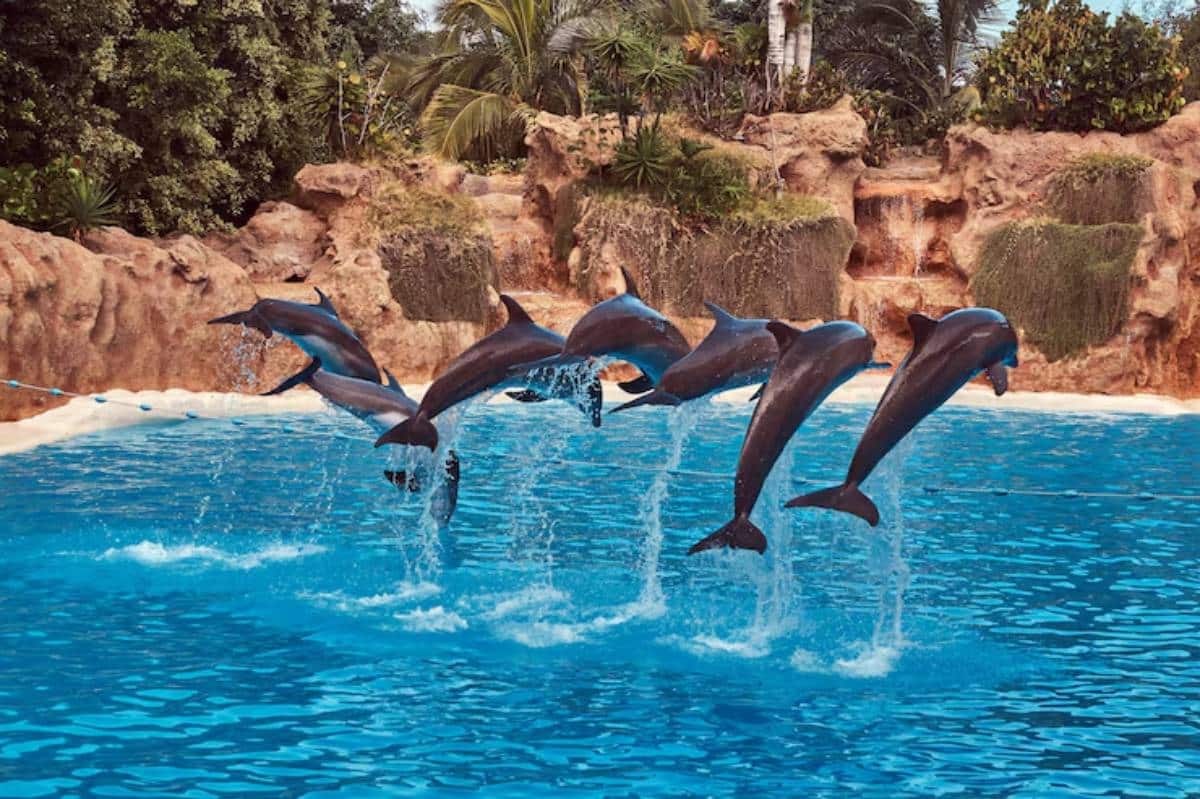
Understanding Cruise Ship Emergency Procedures
You’re boarding a luxurious cruise liner, ready to unwind — the last thing on your mind is a ship-wide emergency. And that’s fair. Cruise holidays are among the safest travel options available today. But behind the buffets and Broadway-style shows is an intricate network of emergency protocols designed to keep you safe, even in the rare event that something goes wrong.
Understanding these procedures — from lifeboat drills to real-time responses — doesn’t make the trip less relaxing. In fact, it does the opposite. It gives you the calm confidence of knowing what to expect, where to go, and how to respond.
In this post, you’ll learn what cruise emergency protocols involve, how safety drills are conducted, and how both passengers and crew work together to ensure the smooth handling of any unexpected situation at sea.
Cruise ships are built with safety first
Cruise ships are engineered with advanced safety systems and redundancy measures. While media stories often focus on dramatic incidents, the reality is that modern cruise liners are among the most heavily regulated vessels on Earth, governed by international maritime law and continually inspected by both flag states and third-party authorities.
Safety design features include:
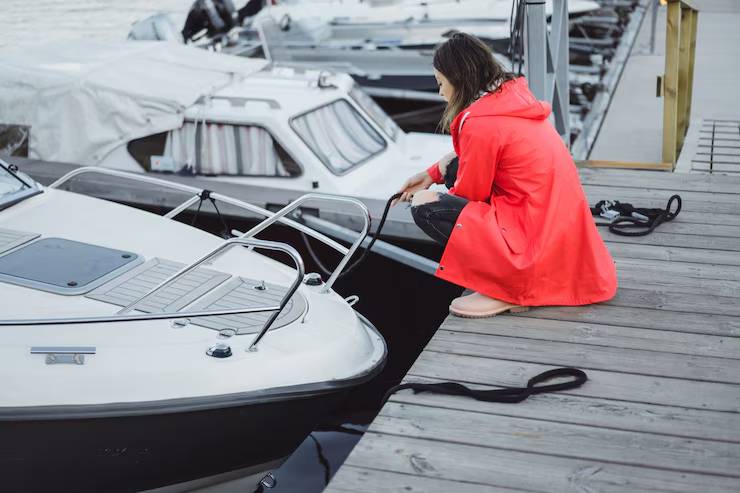
- Multiple water-tight compartments
- Automatic fire detection and suppression systems
- Life-saving equipment far exceeding passenger counts
- Real-time satellite weather and navigation monitoring
- 24/7 onboard security and trained emergency response teams
These vessels are effectively self-contained cities with protocols to handle everything from medical emergencies to man-overboard incidents.
What is SOLAS and why does it matter?
SOLAS stands for the International Convention for the Safety of Life at Sea, a treaty that sets the baseline safety standards for ships. It was established in 1914 following the Titanic disaster and is constantly updated.
SOLAS ensures that cruise ships have:
- Adequate lifeboats and life rafts
- Clearly marked and accessible muster stations
- Emergency lighting and signage
- Regular crew safety drills and training
- Communication systems to reach all passengers at once
If your ship is registered under SOLAS (and nearly all major lines are), you can trust its safety measures are up to international standards.
Muster drills: Your first safety experience onboard
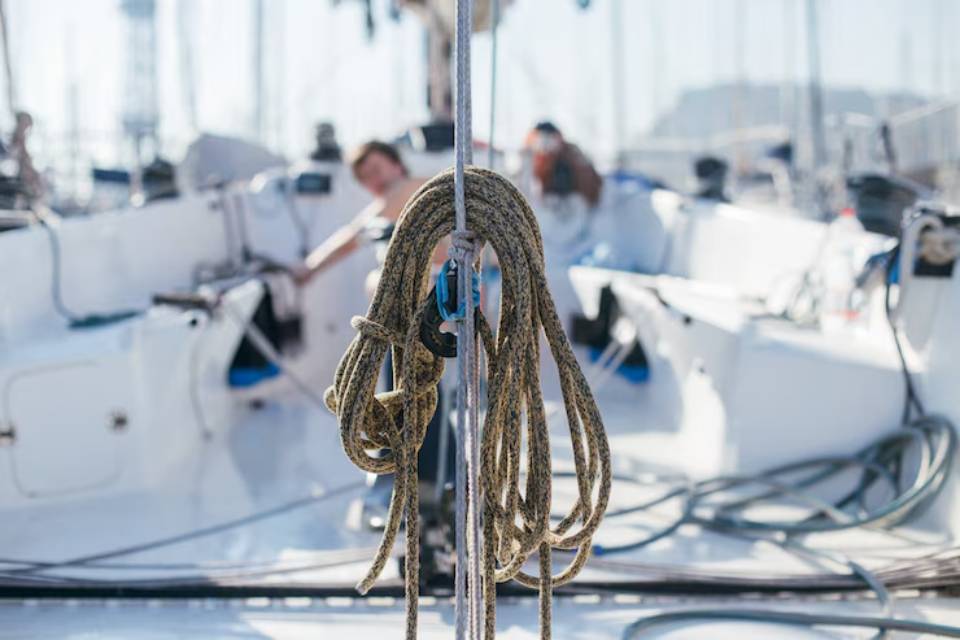
Before departure, all cruise guests are required to attend a muster drill — a safety briefing that introduces you to basic emergency procedures.
What to expect:
- Assigned muster station (marked on your keycard and cabin door)
- Demonstration of lifejacket use
- Evacuation routes and alarm sounds
- Instructions from trained crew members
- No food, drink, or phones allowed during the drill
These drills may now be virtual or staggered (especially post-COVID), but attendance is mandatory. Failure to complete it may result in the denial of sailing.
Many guests roll their eyes at muster drills, but think of them as your first step in becoming emergency-ready, not just for you, but for everyone else onboard.
Common emergency scenarios and protocols
While rare, emergency events do happen. Let’s look at how ships are prepared to respond.
1. Fire onboard
Fires are among the most feared cruise emergencies, but modern ships have:
- Fire doors that automatically close
- Smoke detectors and sprinkler systems in every cabin
- Crew trained to handle flames quickly
You’ll be notified via PA system and alarms. If evacuation is needed, the crew will direct passengers via emergency staircases.
2. Man overboard
Ships are now equipped with man-overboard detection systems — usually infrared or motion-activated.
If someone falls overboard:
- An alarm is triggered
- The GPS location is marked
- Immediate rescue procedures begin (lifebuoy, tender boats, alerting authorities)
Passengers should never attempt to jump in after someone. Instead, alert the nearest crew member immediately.
3. Medical emergencies
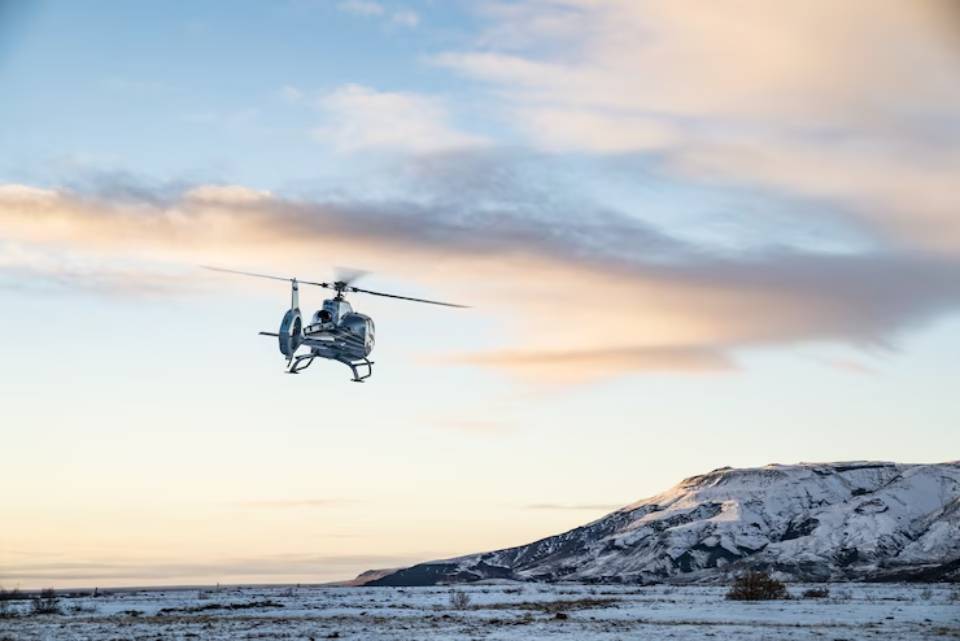
Cruise ships have medical teams and facilities for initial treatment. If more care is needed:
- Helicopter evacuation (if close to land and urgent)
- Diversion to the nearest port
- Coordination with local hospitals
Always travel with cruise-specific medical insurance — a single emergency evacuation can cost £15,000 or more without coverage.
For tips on safeguarding your health more broadly while cruising, see our guide to staying safe on a cruise, which covers everything from hygiene to sun protection.
4. Engine or power failure
While rare, power loss is planned for. Backup generators kick in immediately, ensuring:
- Navigation remains functional
- Emergency lights and comms are live
- Kitchens and toilets stay operational (on most ships)
Depending on the issue, your itinerary may be changed, but safety isn’t compromised.
5. Rough weather or rogue waves
Today’s cruise ships use satellite forecasting and stabilisation systems to avoid major storms altogether. If rough seas are unavoidable:
- Routes are adjusted in real-time
- Speed is reduced to minimise rocking
- You’ll be updated through announcements or your cabin TV
Crew may advise you to stay in cabins or interior areas during extreme motion.
Crew training and emergency response
Cruise crew undergo intensive safety training — far beyond what most hotel staff ever experience.
Drills and certifications include:
- Basic Safety Training (firefighting, survival, first aid)
- Crowd control and evacuation training
- Weekly emergency scenario drills
- Crisis communication exercises
- Lifeboat operation training
Every crew member knows exactly what to do, where to go, and who to support in the event of an emergency.
Lifejackets, lifeboats, and muster stations: What you need to know
Every stateroom has lifejackets — usually stored in the wardrobe or under the bed. Your muster station is:
- Printed on your cruise card
- Posted behind your cabin door
- Mapped in the safety brochure provided at embarkation
Lifeboats and tenders
Ships carry more than enough lifeboats and rafts for all passengers and crew. Lifeboats are launched by trained teams using hydraulic systems, and some double as tender boats to transport guests in ports without docks.
Communicating during an emergency
You’ll never be left in the dark.
Cruise ships use:
- PA systems in cabins and public areas
- Crew runners to alert hard-to-reach areas
- Digital signs or app updates for instructions
- Multilingual messaging if needed
Follow instructions calmly. Don’t assume — listen, watch, and move only when directed.
Children and family safety procedures
Cruise lines take child safety seriously. In an emergency:
- Kids in kids’ clubs are escorted directly to their designated muster stations
- Families are reunited by staff trained in child protection and evacuation
- Special wristbands may identify minors’ muster stations and emergency contacts
For added peace of mind, many parents opt to attend the muster drill with their children to practise together.
If you’re planning your own port activities, our guide on top tips for booking shore excursions explains how to balance freedom with security when exploring independently.
Your role in keeping everyone safe
You don’t need to be a hero — but you do need to be aware.
As a passenger:
- Take muster drills seriously
- Don’t block hallways with bags or strollers
- Report suspicious activity or hazards immediately
- Stay calm and avoid spreading panic
- Follow crew instructions — they’re trained for this
Being informed helps you help others. It also minimises delays that could cost precious time during evacuation scenarios.
How cruise lines prevent emergencies before they happen
Beyond responding to emergencies, cruise lines are obsessively proactive about avoiding them.
They:
- Conduct ship-wide inspections every sailing
- Partner with international maritime safety boards
- Install redundant navigation, fire, and engine systems
- Enforce strict maintenance protocols
- Train officers in simulation centres using real-case scenario software
As passengers, we rarely see these behind-the-scenes efforts, but they’re the backbone of cruise safety.
Conclusion: Stay informed, stay safe, enjoy more
Cruise ships are floating marvels, and safety is at the very heart of their design. From the moment you step onboard to the day you disembark, a whole system is working in the background to keep you protected, informed, and at ease.
By learning what to expect in an emergency, you equip yourself with a sense of quiet readiness. And that means you’re free to focus on the real joys of cruising — the views, the experiences, and the memories.
So go ahead — set sail with confidence, knowing that should anything happen, you know the drill. Literally.

